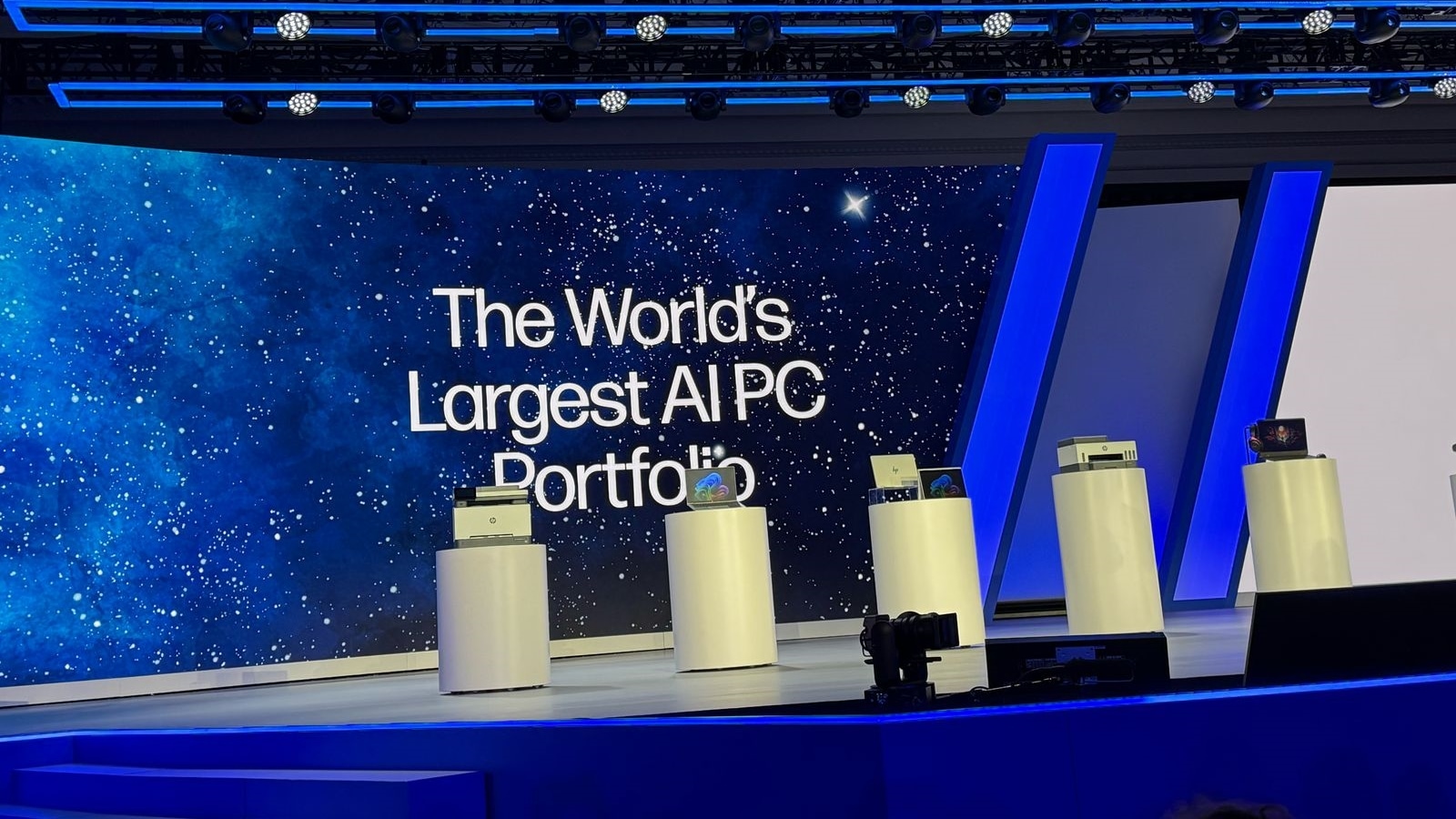Changing geopolitics gets a special mention at HP’s Amplify conference in Nashville | Technology News

As the global race for AI dominance and quantum supremacy intensifies, technology companies are playing an increasingly significant role in geopolitics. This shift reflects a changing world order, where techno-nationalism and techno-geopolitics may shape the evolving relationship between technology and politics.
“We think that we are moving from a global station model to a regional station model, where products will be built regionally, distributed digitally, and eventually designed regionally to better meet the needs of specific regions,” Enrique Lores, President and CEO of HP Inc., said, addressing an audience of thousands of partners from around the world at the company’s Amplify conference in Nashville, Tennessee. “That’s a very significant change that we see happening in the world, and a change that finds us in a very strong position.”
Lores stated that the globalisation model has changed, and it’s no longer about building factories in one location and selling products worldwide. “We started working on this more than three years ago. During this time, we have significantly diversified our supply chain network. We now have factories in many different parts of the world,” he added.
“The biggest challenge is the uncertainty about how things will evolve. I think the trend from globalization to more regional models is very clear. We are already seeing this shift on the supply chain front, and it will likely have a significant impact on design and marketing down the road. However, this is a trend we know how to navigate, and it’s something we’ve been very successful at for many years,” he continued.
Lores’s comments come at a time when the world’s biggest technology firms are facing an inflection point, forcing them to strengthen and diversify their supply chains and establish manufacturing bases in Vietnam, India, and Thailand, reducing their dependence on China.
While China remains a massive part of the global supply chain, there is increasing pressure from other countries, including India, to boost local manufacturing and supply chains. (Image credit: Anuj Bhatia/Indian Express)
The biggest risk to tech companies, however, is geopolitics. US President Donald Trump wants to bring manufacturing back to the US in an effort to reduce reliance on foreign nations like China. The Trump administration has imposed a 10 per cent levy on China-made goods such as smartphones, laptops, and tablets. While China remains a massive part of the global supply chain, there is increasing pressure from other countries, including India, to boost local manufacturing and supply chains. Major smartphone brands are already producing devices in India, and PC companies, including HP, are committed to assembling laptops in the country.
A full manufacturing shift from China would take years, but it also comes with drawbacks. A dramatic shift could upset Beijing, which allows some US-based companies to do business freely while restricting many foreign entities. Additionally, moving supply chains from China to other countries is complex, as achieving the same level of quality elsewhere is challenging.
Story continues below this ad
Still, US tech companies are gradually shifting production for some devices to other locations, such as Brazil, Thailand, and India. Similar moves are also being made by their key chipmaker partner, Taiwan Semiconductor Manufacturing Co. (TSMC), which plans to expand manufacturing in Arizona, bringing it closer to Made-in-the-USA processors.
 PC vendors such as HP, along with their chipmakers like Intel and Qualcomm, are heavily leaning into AI. (Image credit: Anuj Bhatia/Indian Express)
PC vendors such as HP, along with their chipmakers like Intel and Qualcomm, are heavily leaning into AI. (Image credit: Anuj Bhatia/Indian Express)
But beyond manufacturing, it is artificial intelligence that is shaking up power dynamics, with the US and China asserting their dominance and sparking a digital race. The US has been a frontrunner in the AI race, but earlier this year, the sudden emergence of DeepSeek, a relatively unknown Chinese artificial intelligence startup, disrupted AI development. DeepSeek’s model runs at a lower cost and combines the same method more effectively than US companies did.
“Developments like DeepSeek just confirm that AI is going to be available not only in the cloud, but also in any area where we will really take advantage of what can be done in the end,” Lores said while launching a new lineup of AI PC portfolio.
PC vendors such as HP, along with their chipmakers like Intel and Qualcomm, are heavily leaning into AI. They see the future in artificial intelligence and are hoping for the emergence of a new type of interface on PCs—one where interaction through multimodal inputs, such as your voice, and the assistant will act as an agent, performing tasks for you.
Story continues below this ad
As AI models deliver more reasoning capabilities in smaller packages, these PC companies are betting that these models will be able to run on your computers. “We are focused on bringing AI to the edge and making sure that our customers can run AI models, including large language models, on their PCs and across the rest of the portfolio to take advantage of them at a lower cost, with higher privacy and security, and faster. That’s the strategy we have,” he said.
In his keynote, Lores talked about how the AI landscape is changing, including software development, technology, and the expectations of consumers. “There is a huge business opportunity that is going to be open to all of us to help our customers build these models,” he said, adding that the innovation will start on the commercial side but will eventually extend to the consumer side as well.”
(Disclaimer: The writer is in Nashville, Tennessee, attending the Amplify conference at the invitation of HP.)



